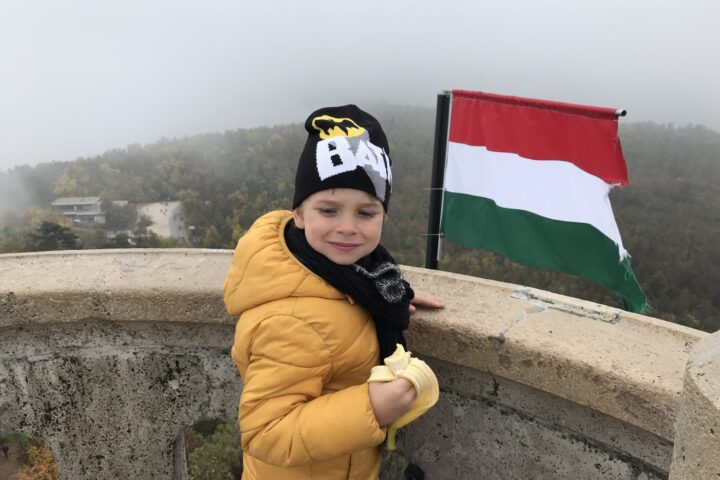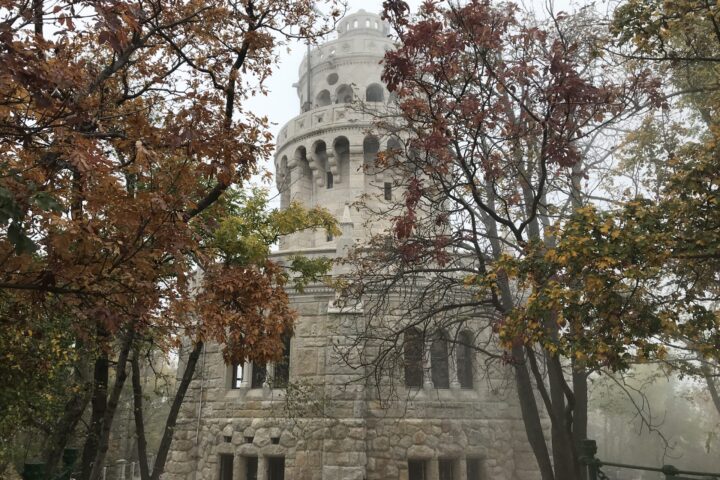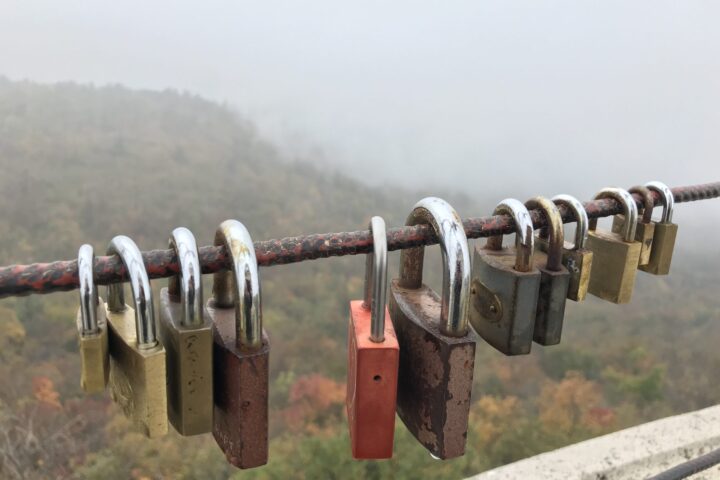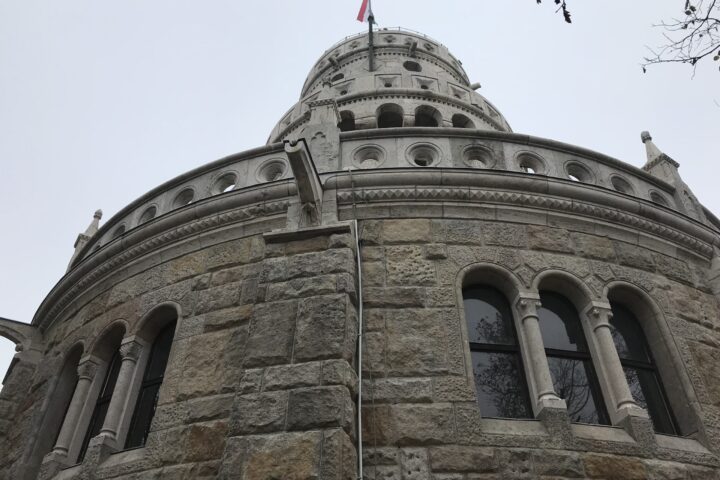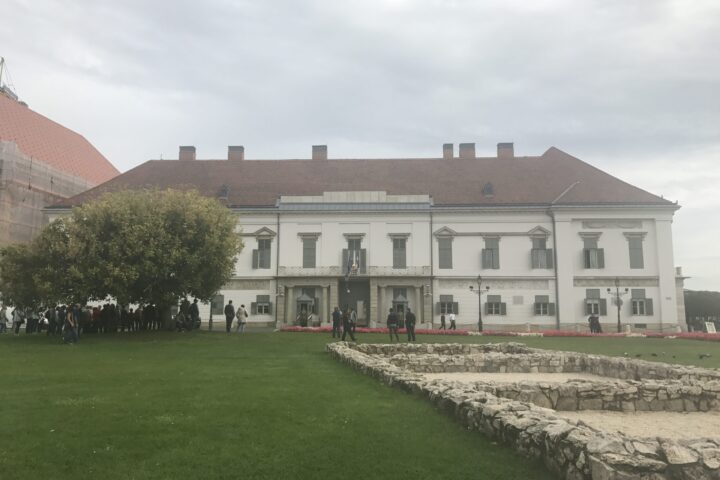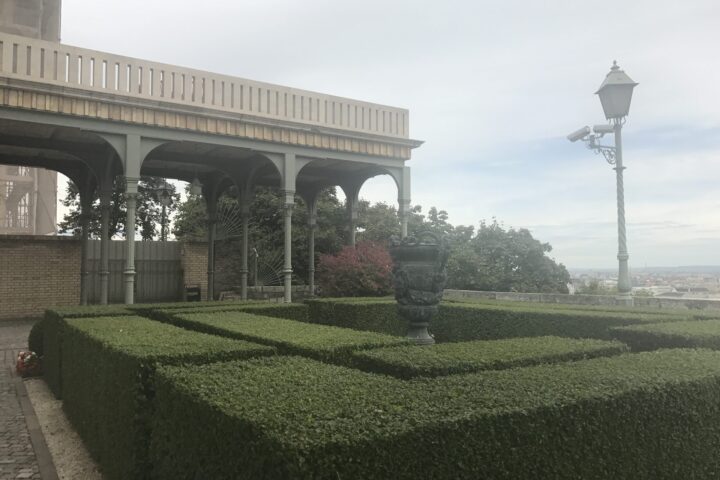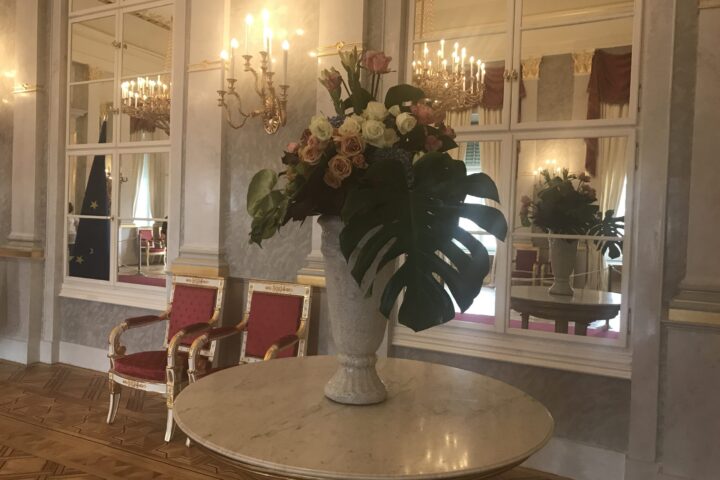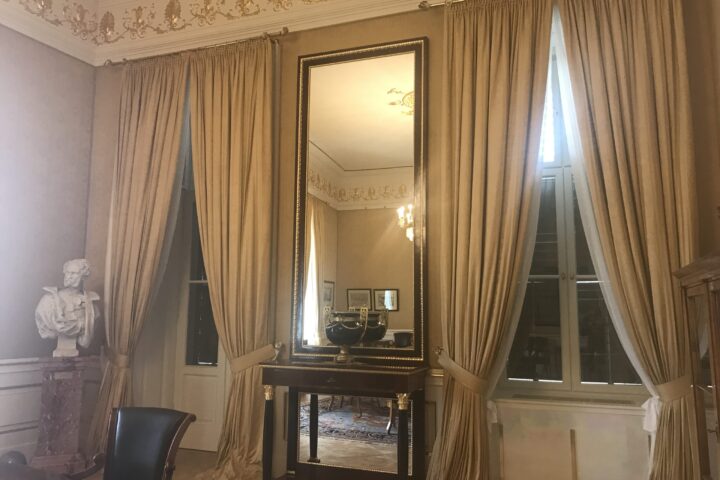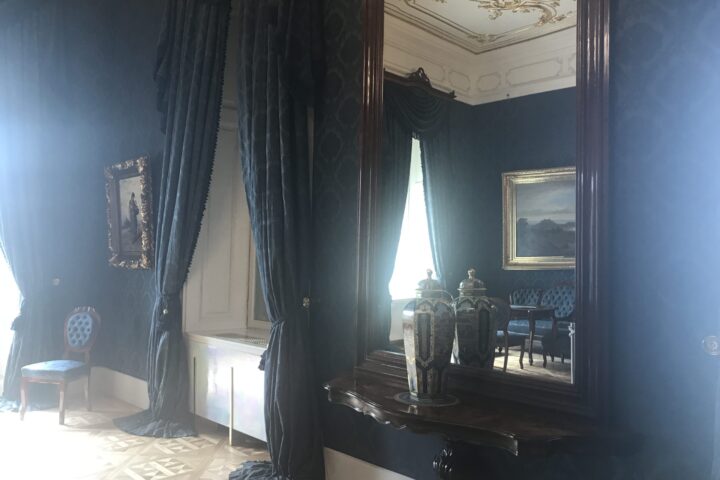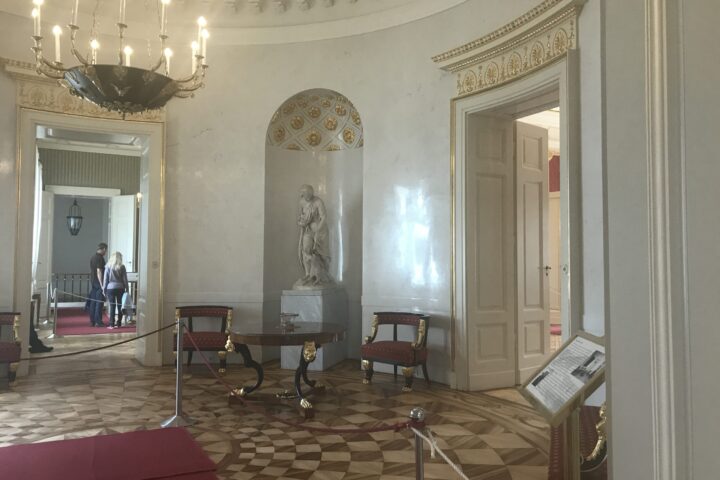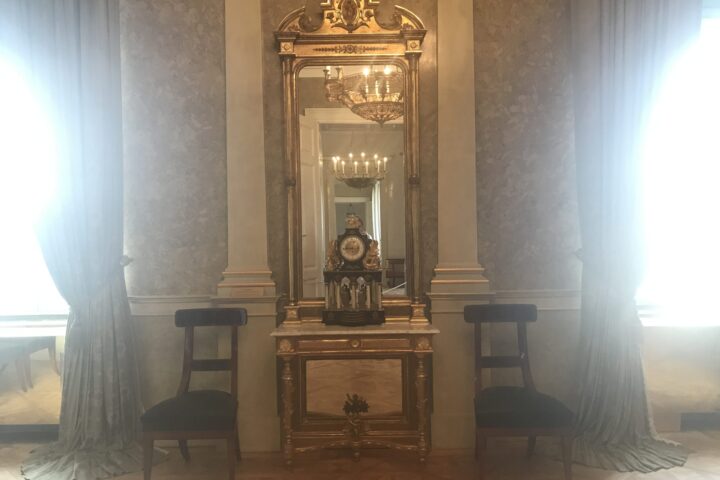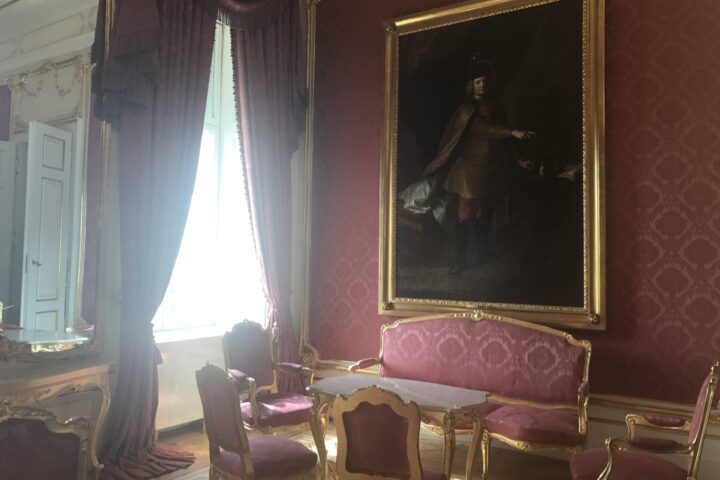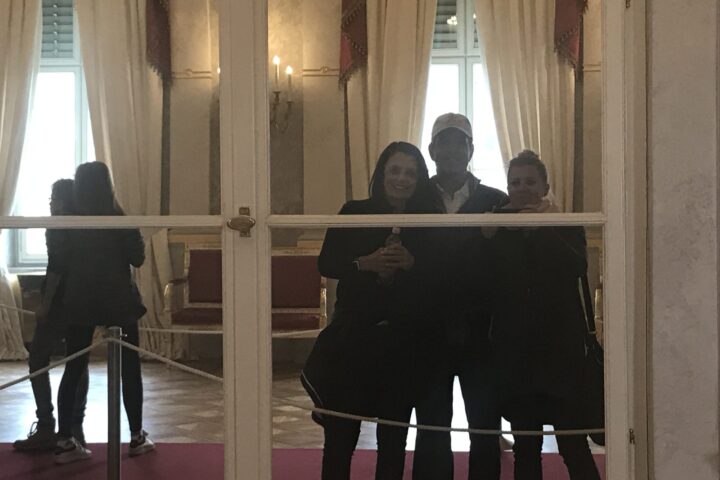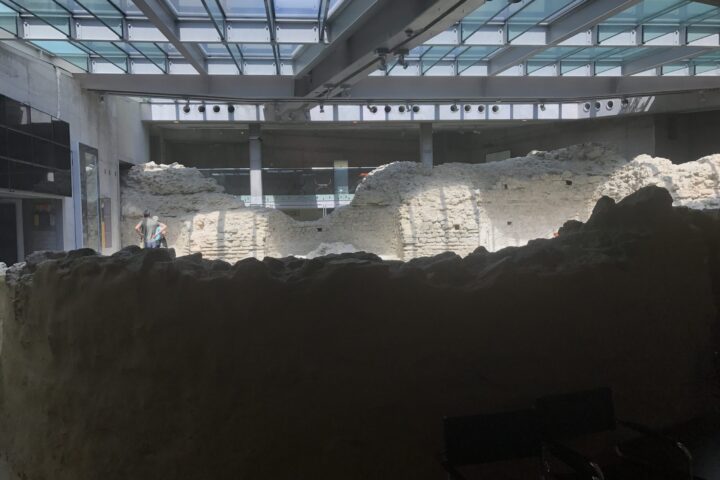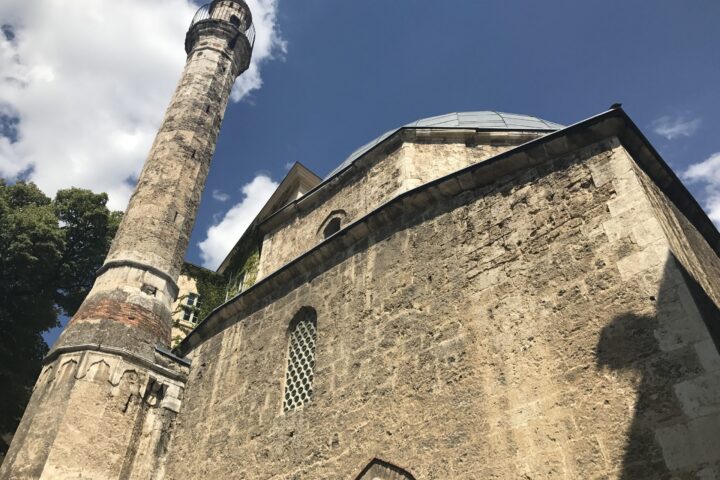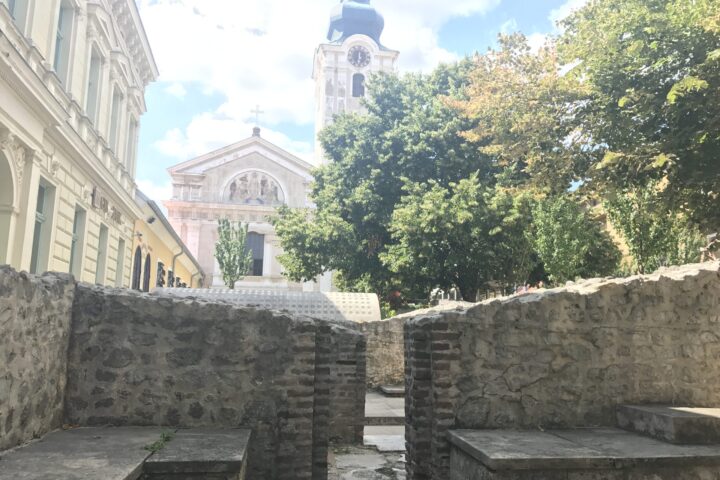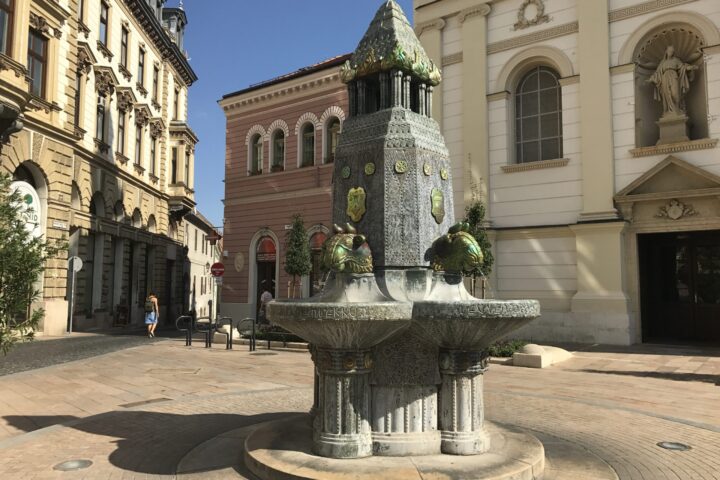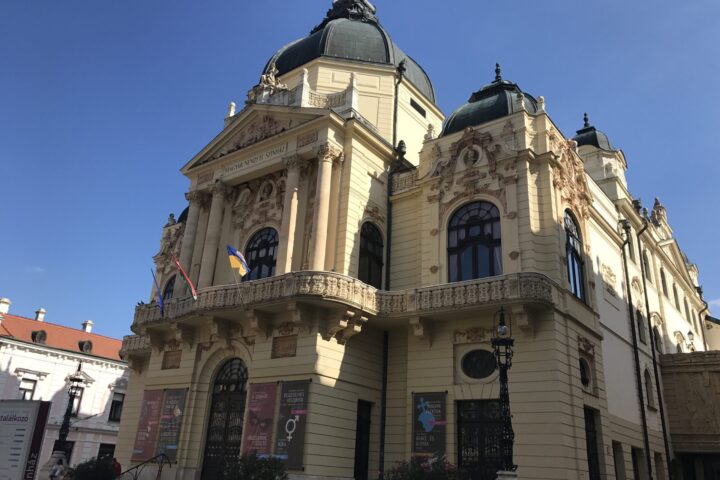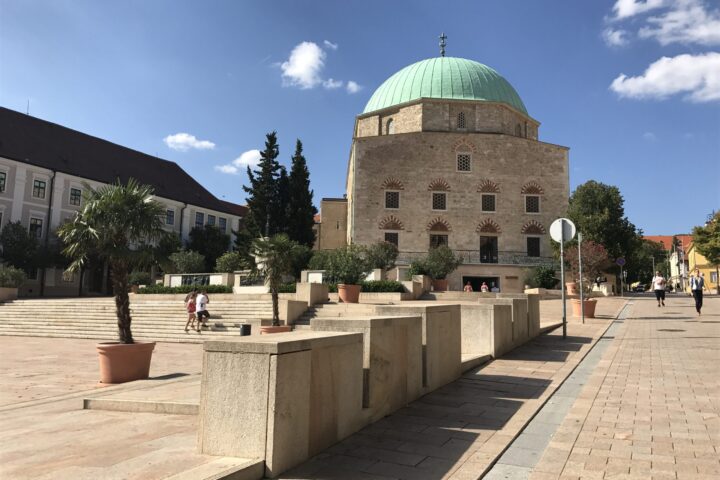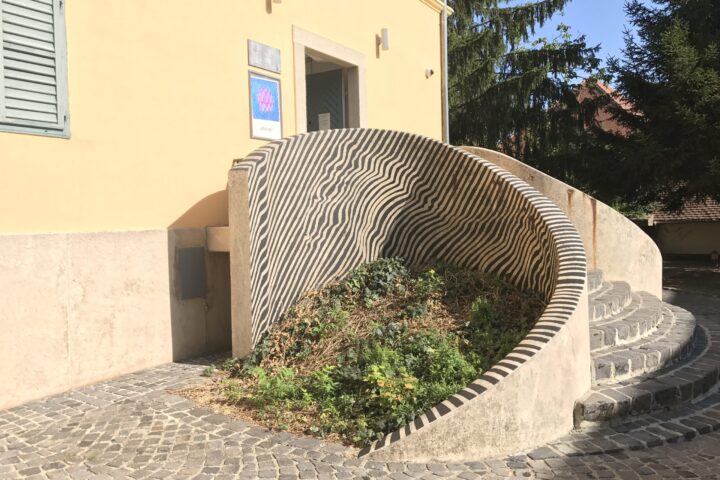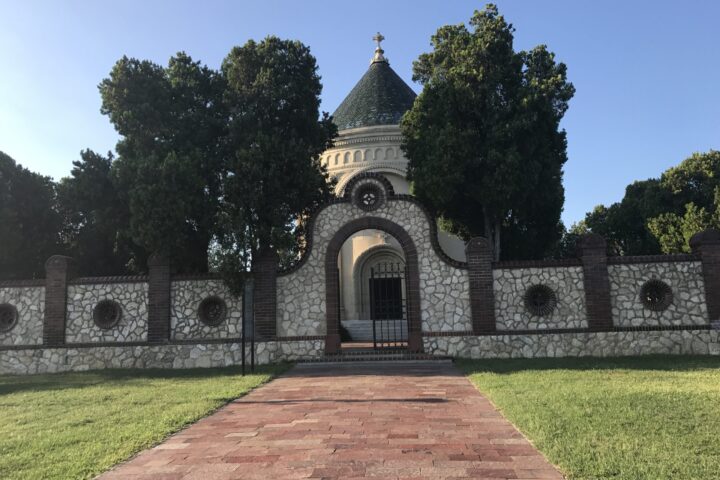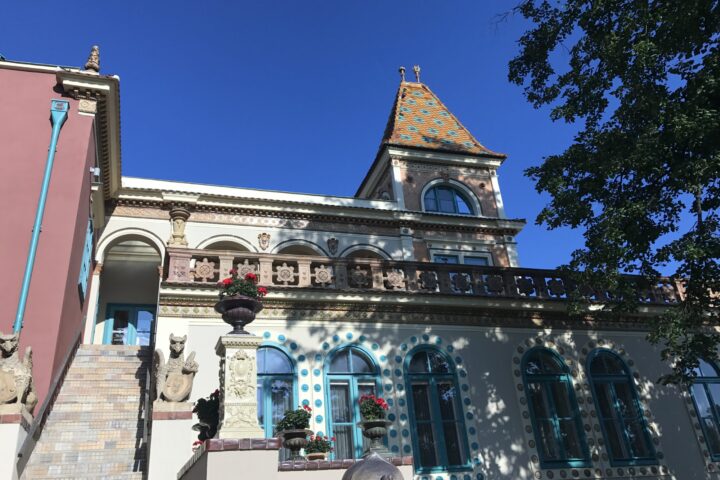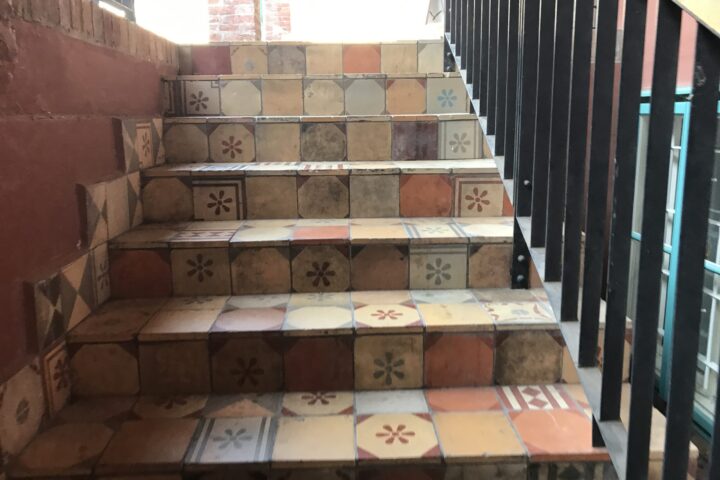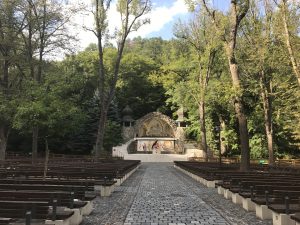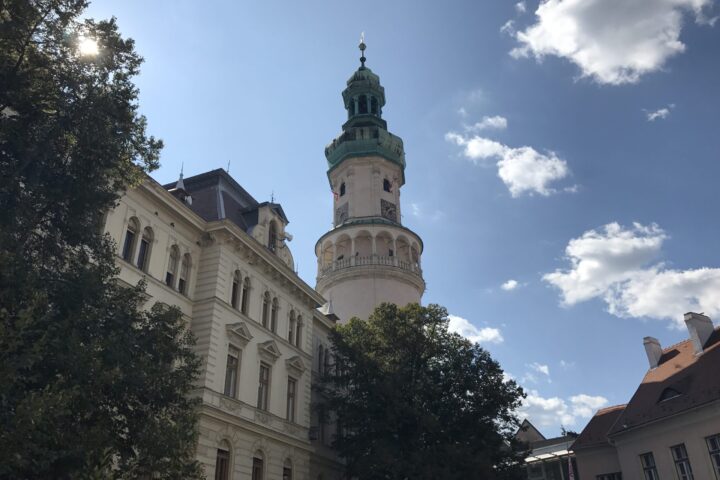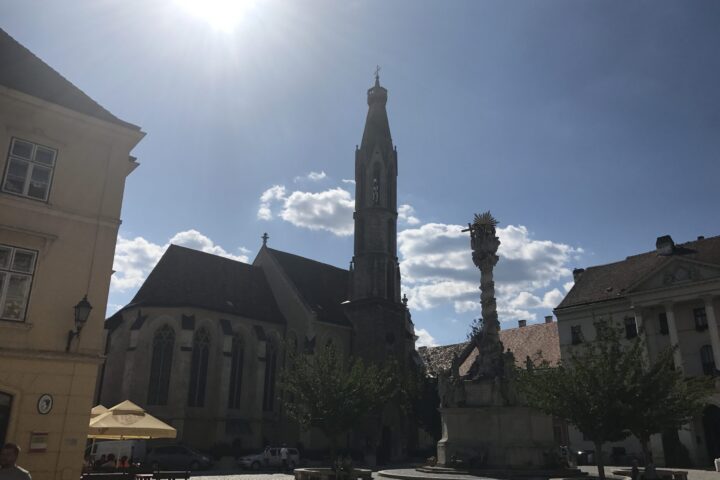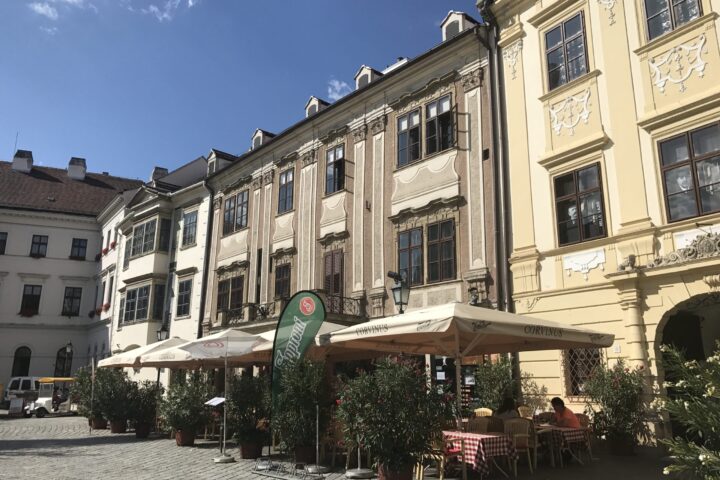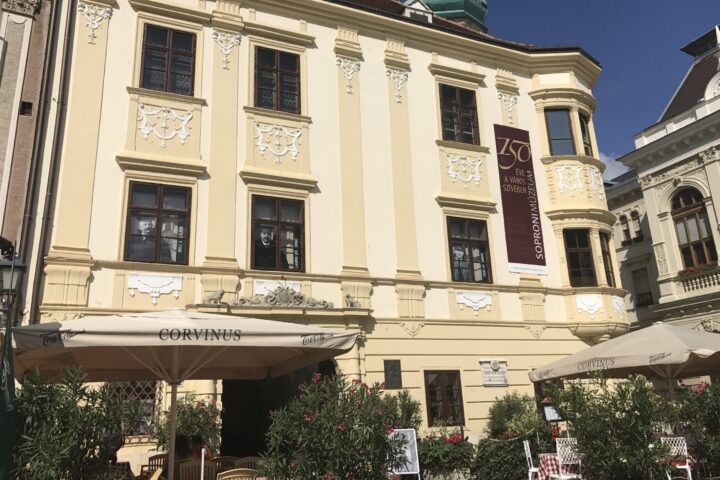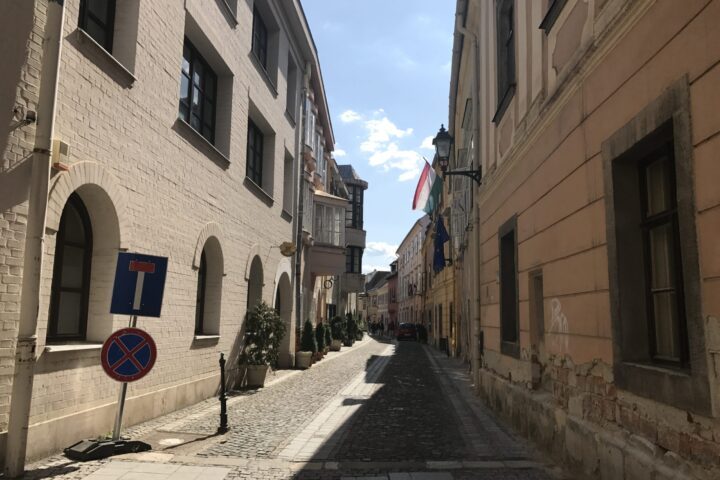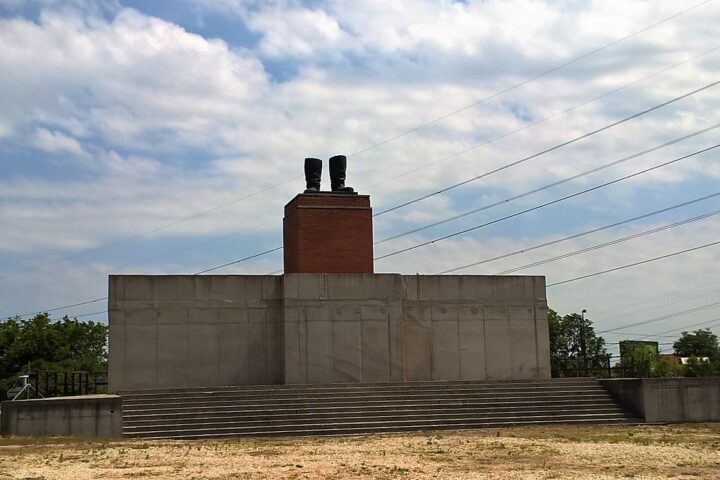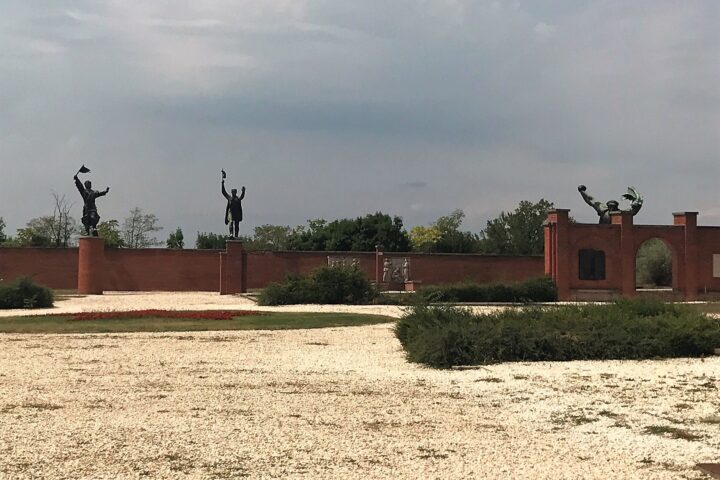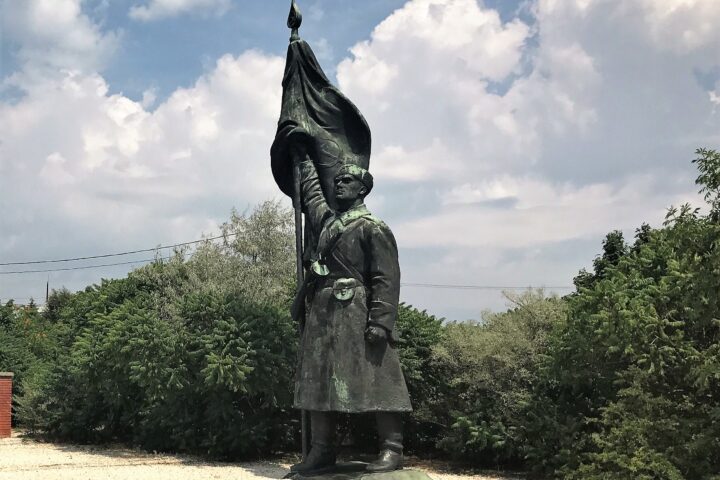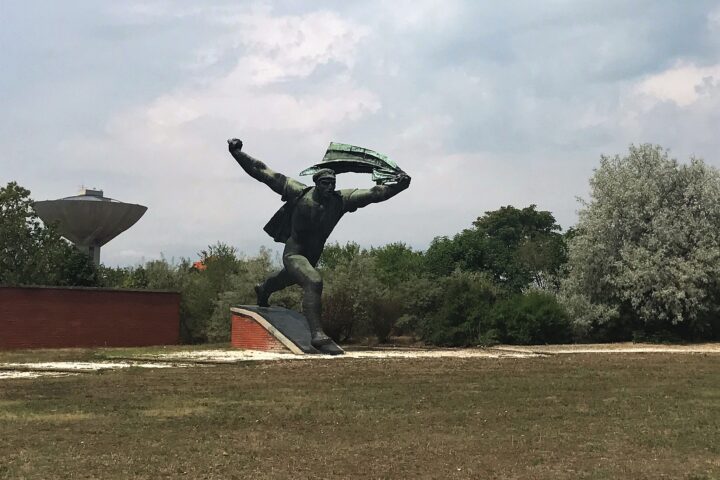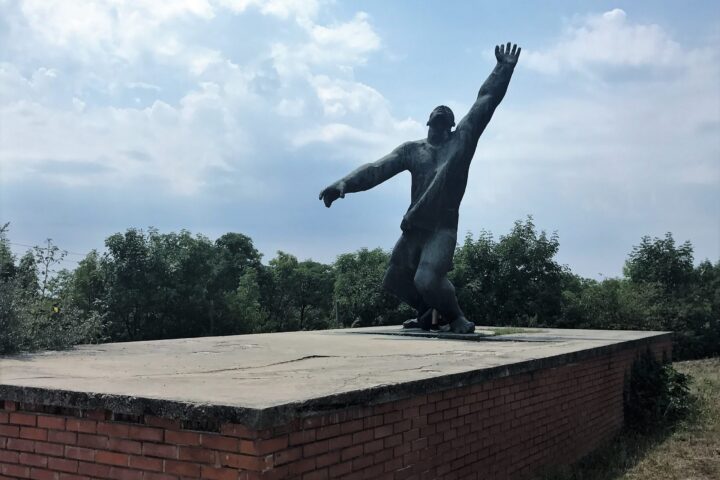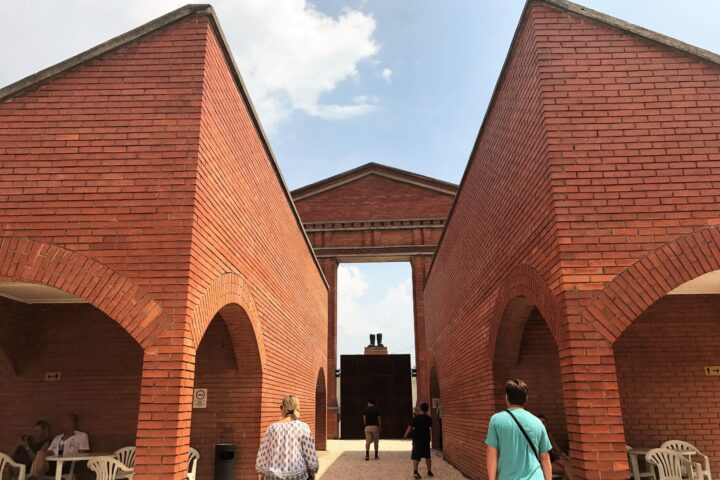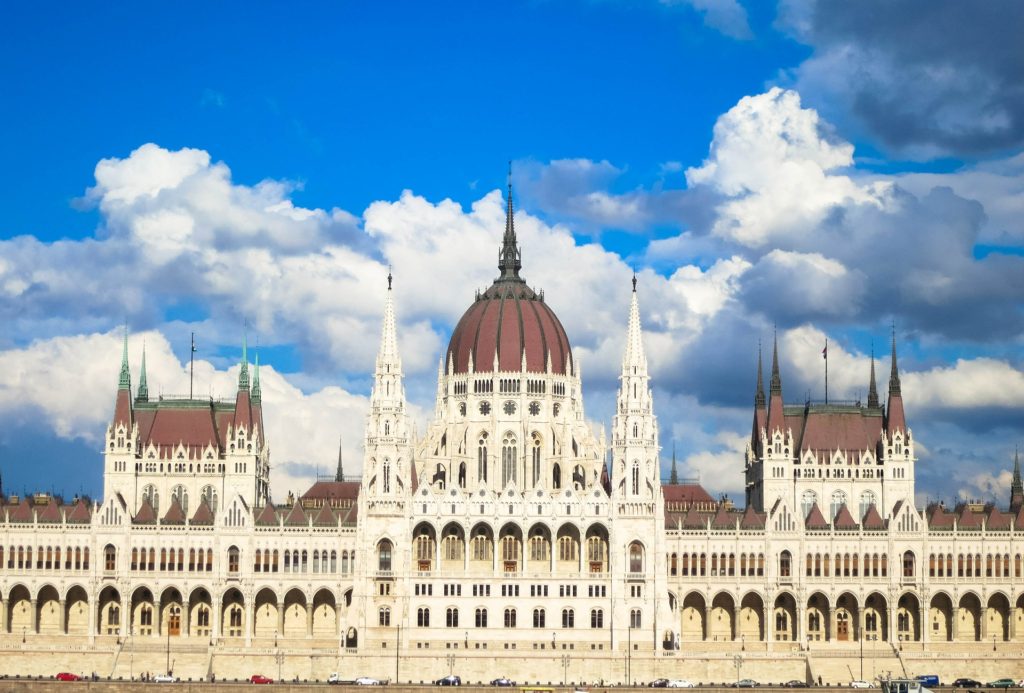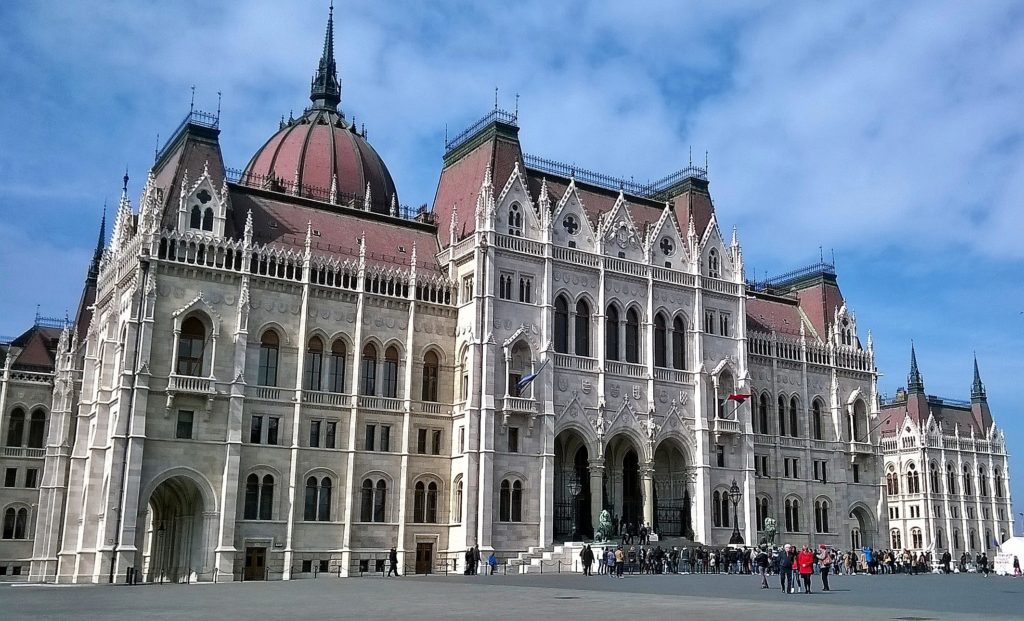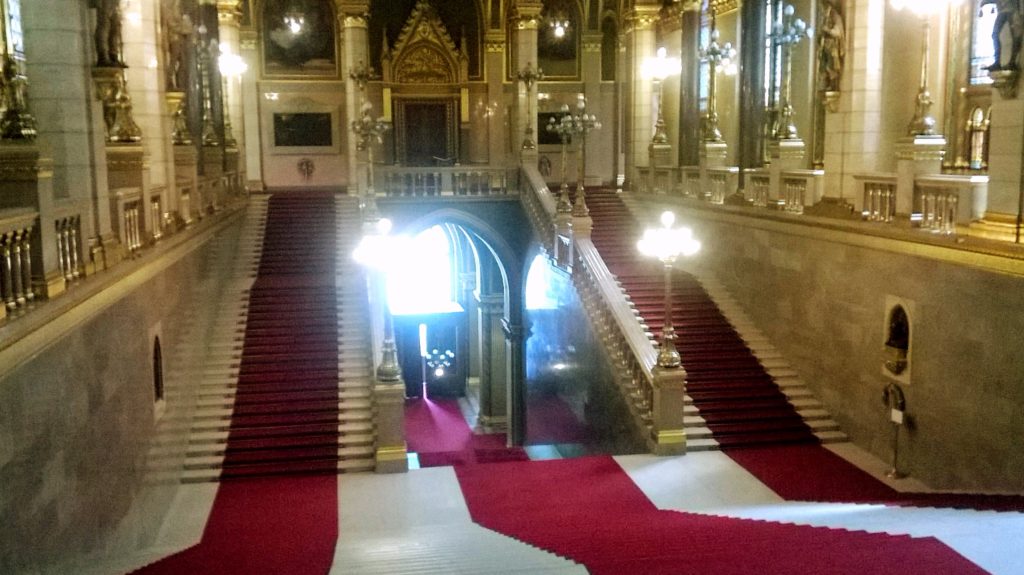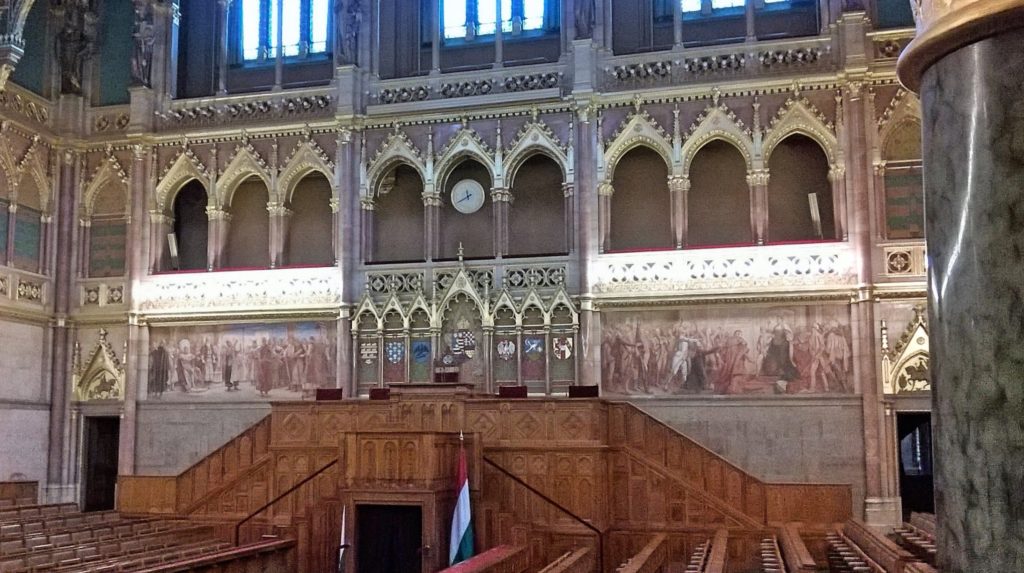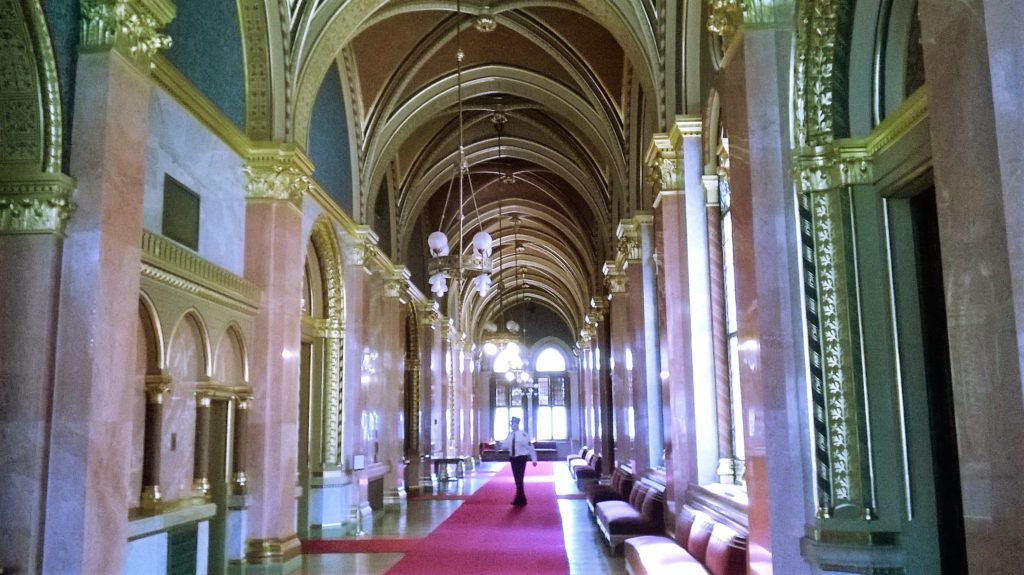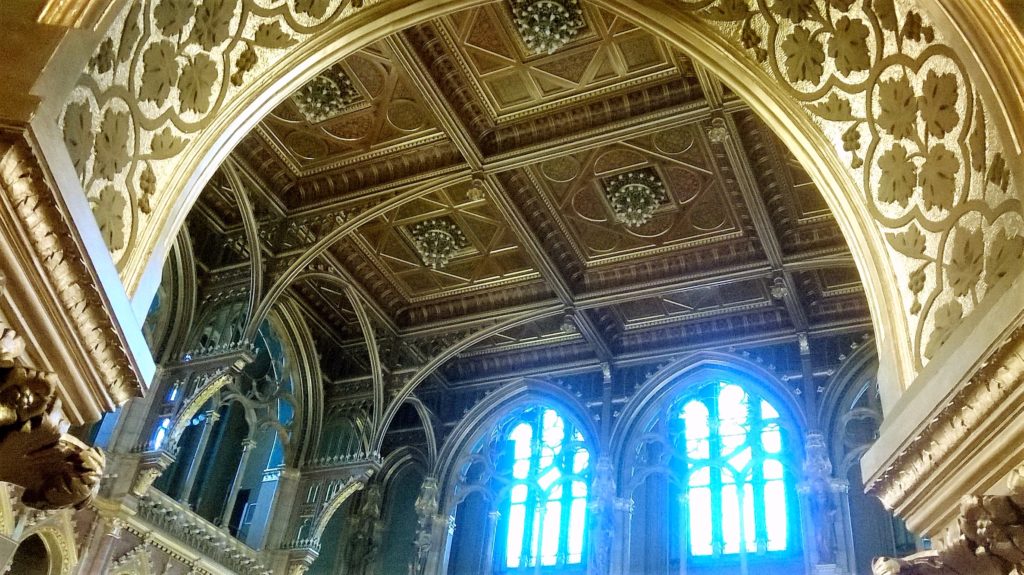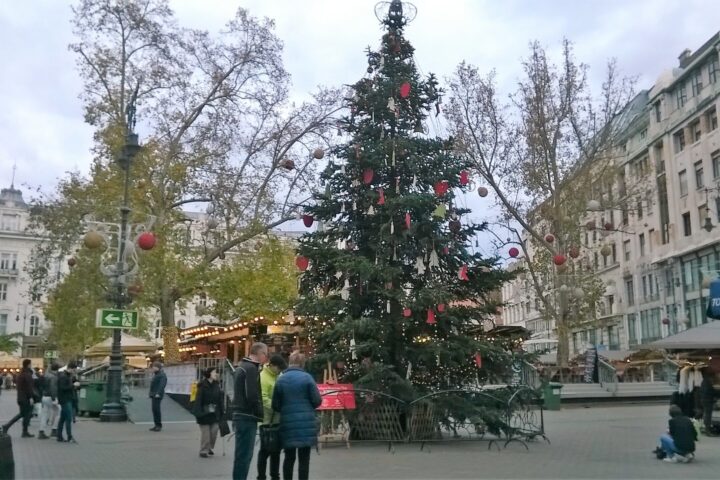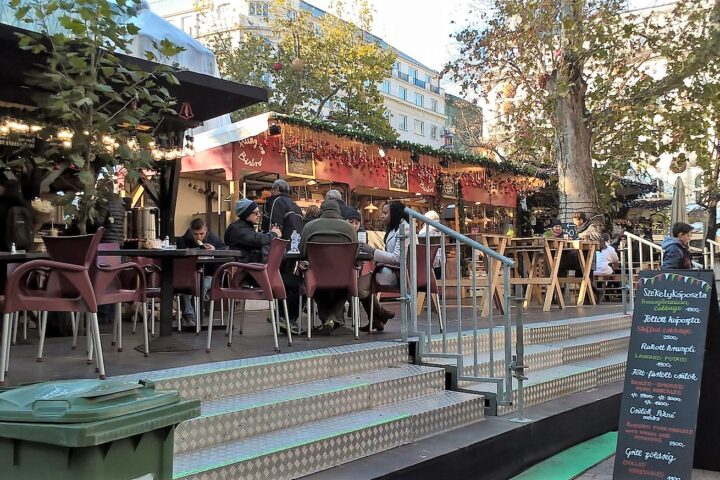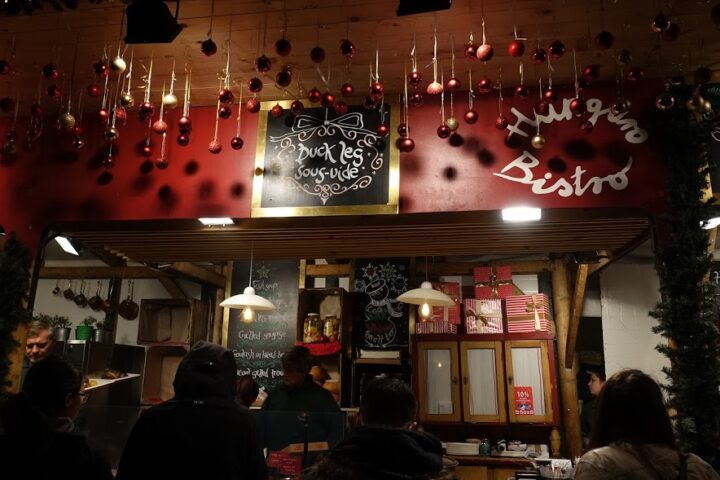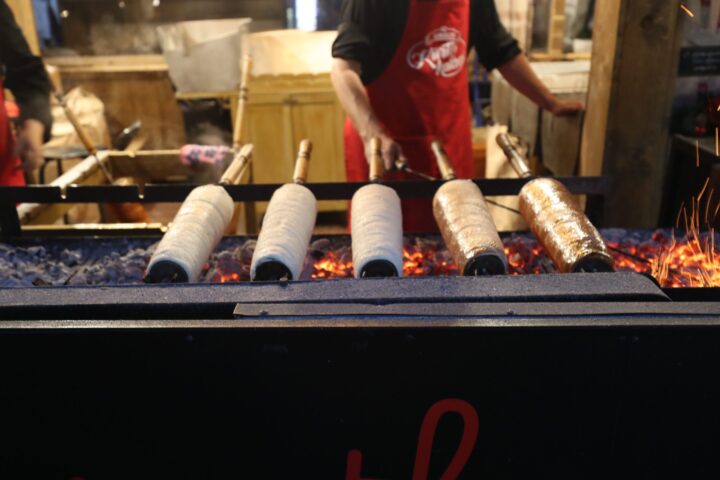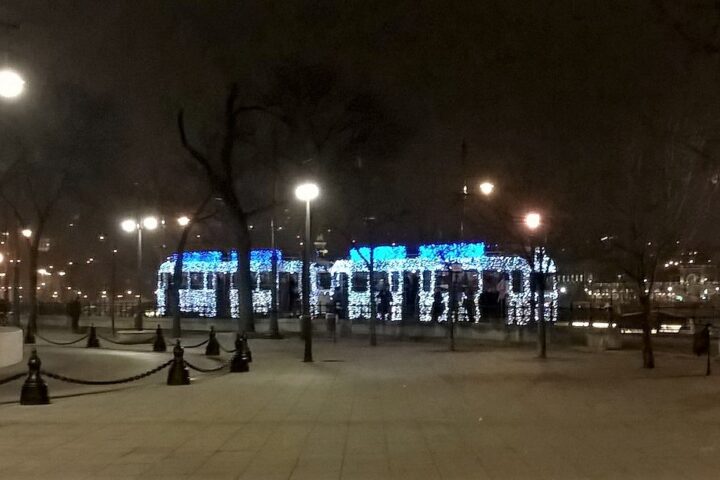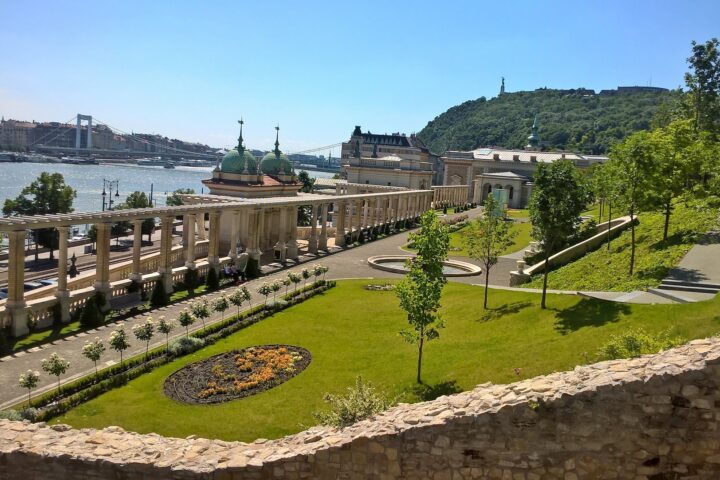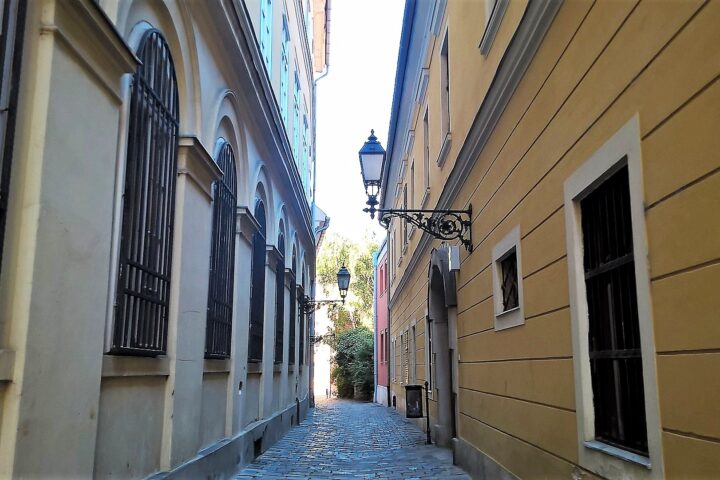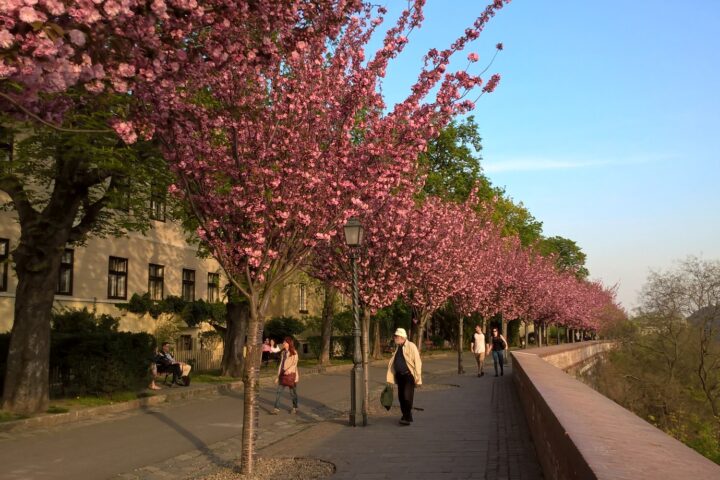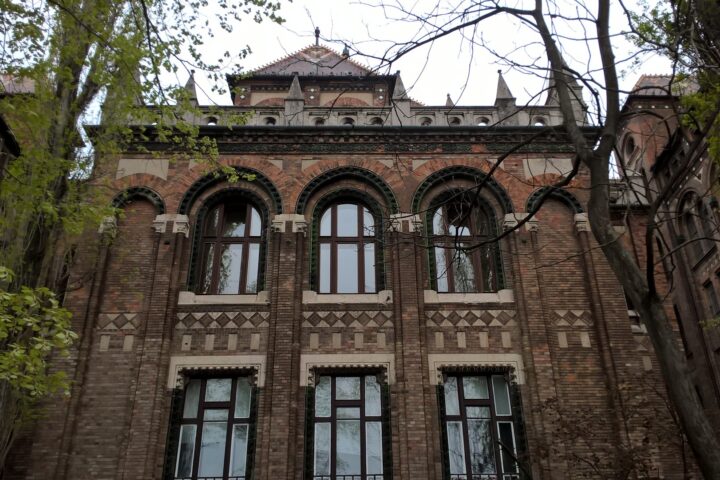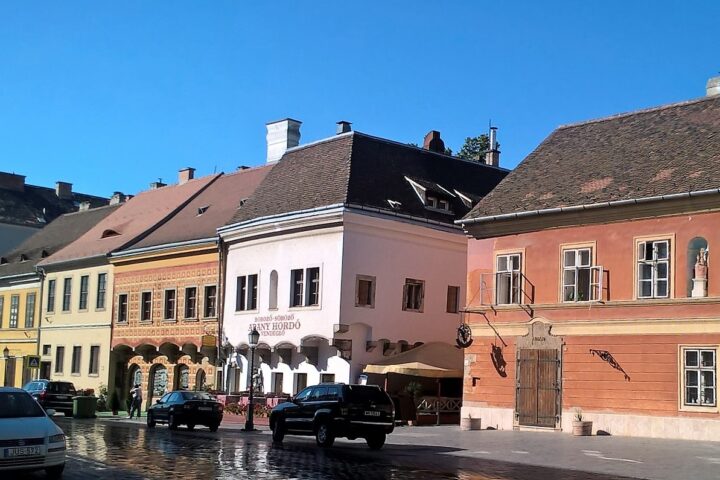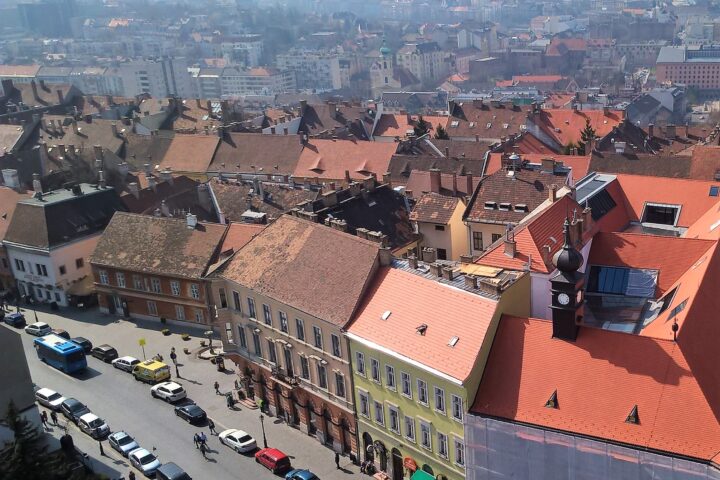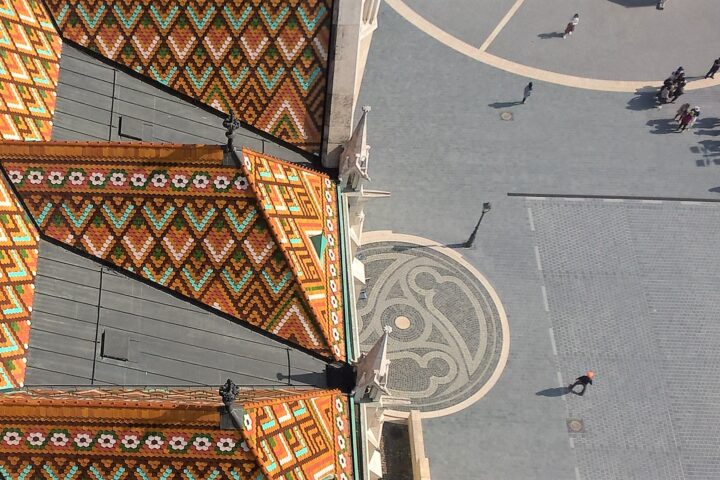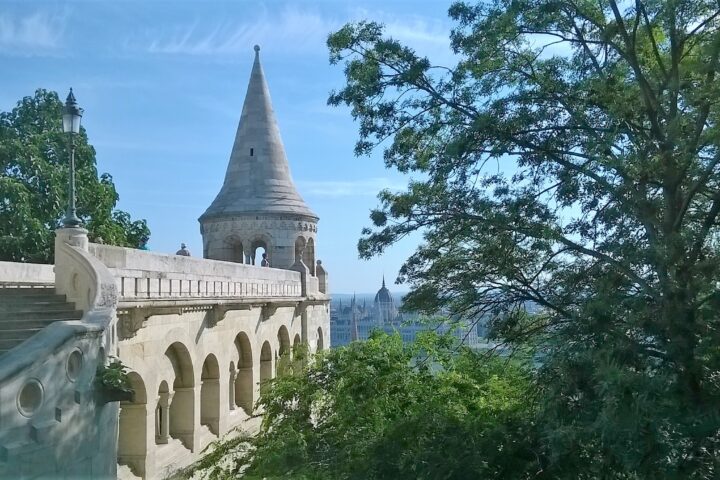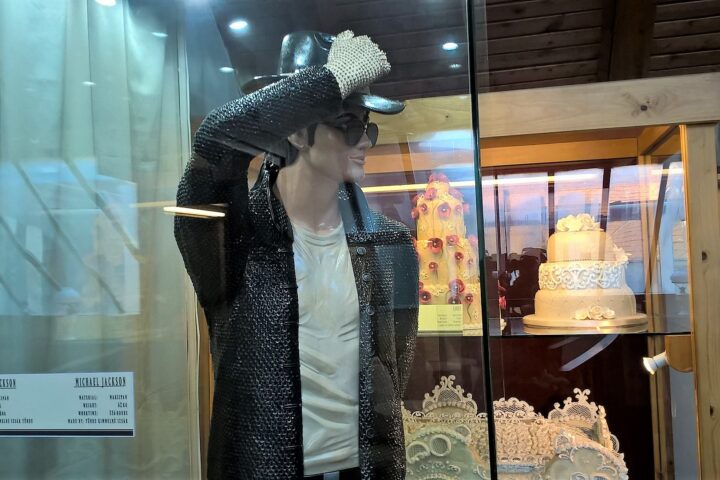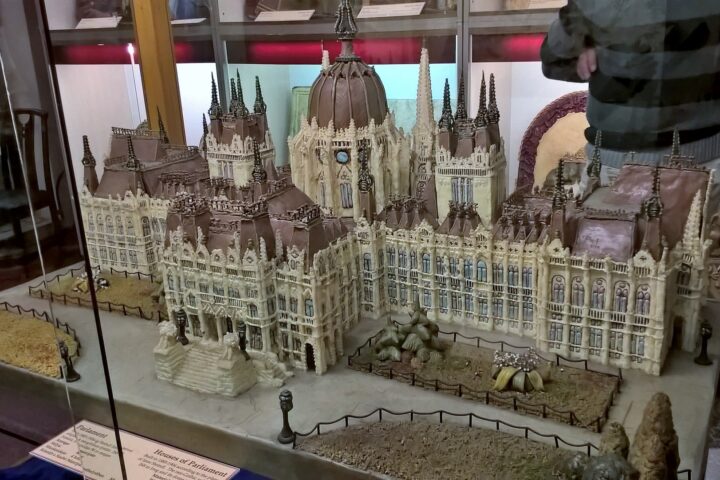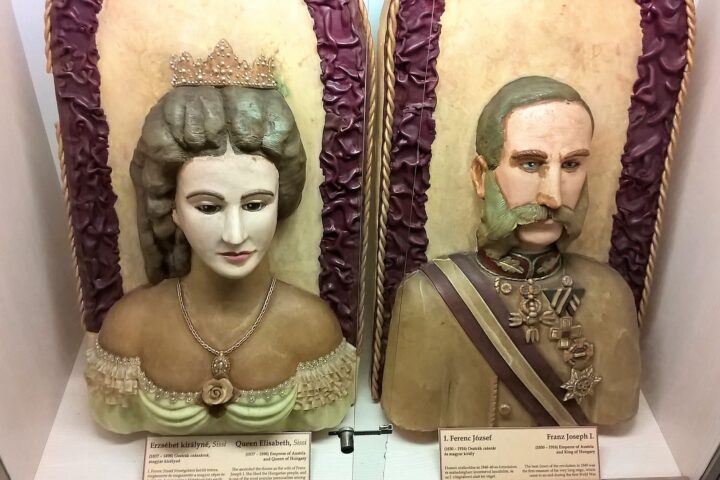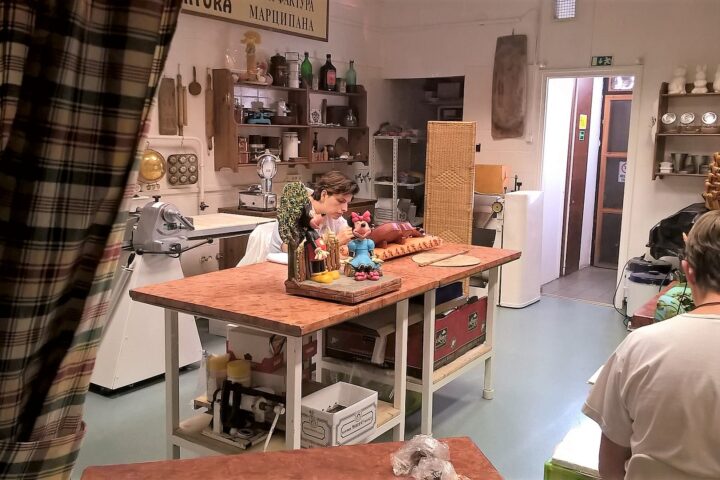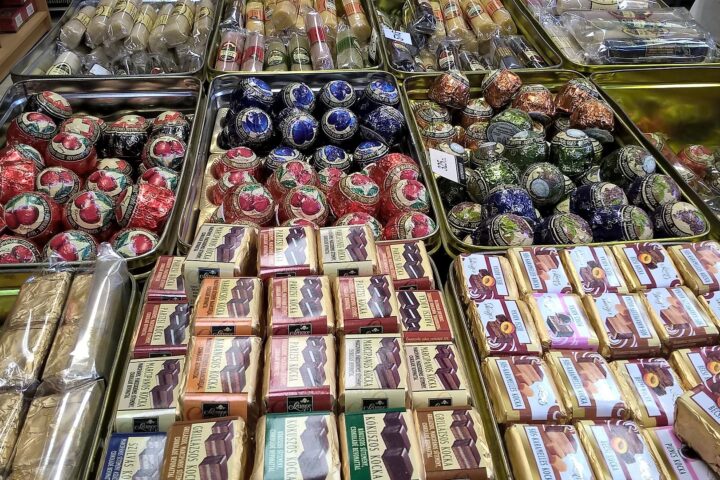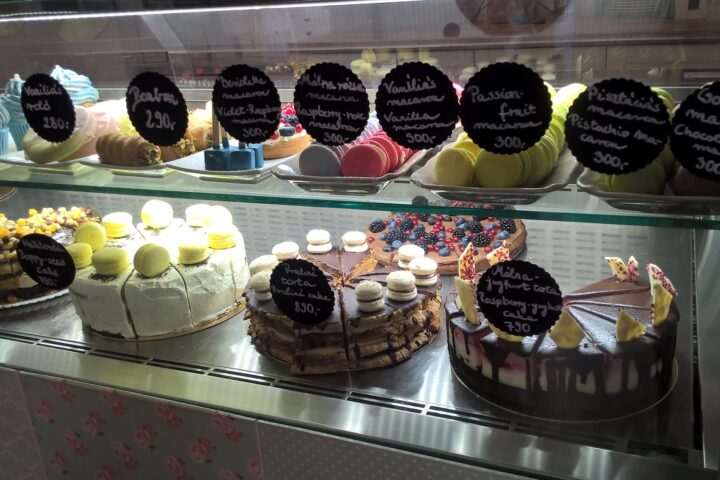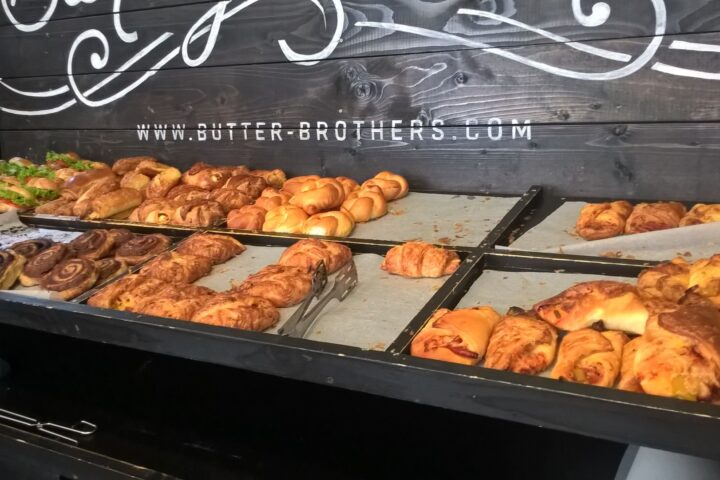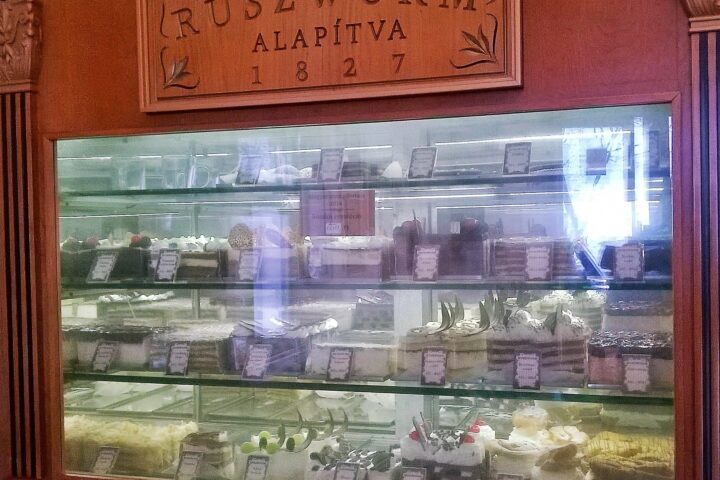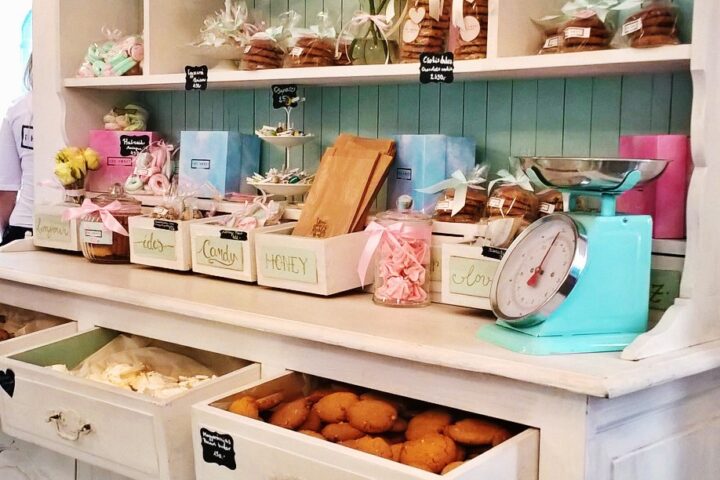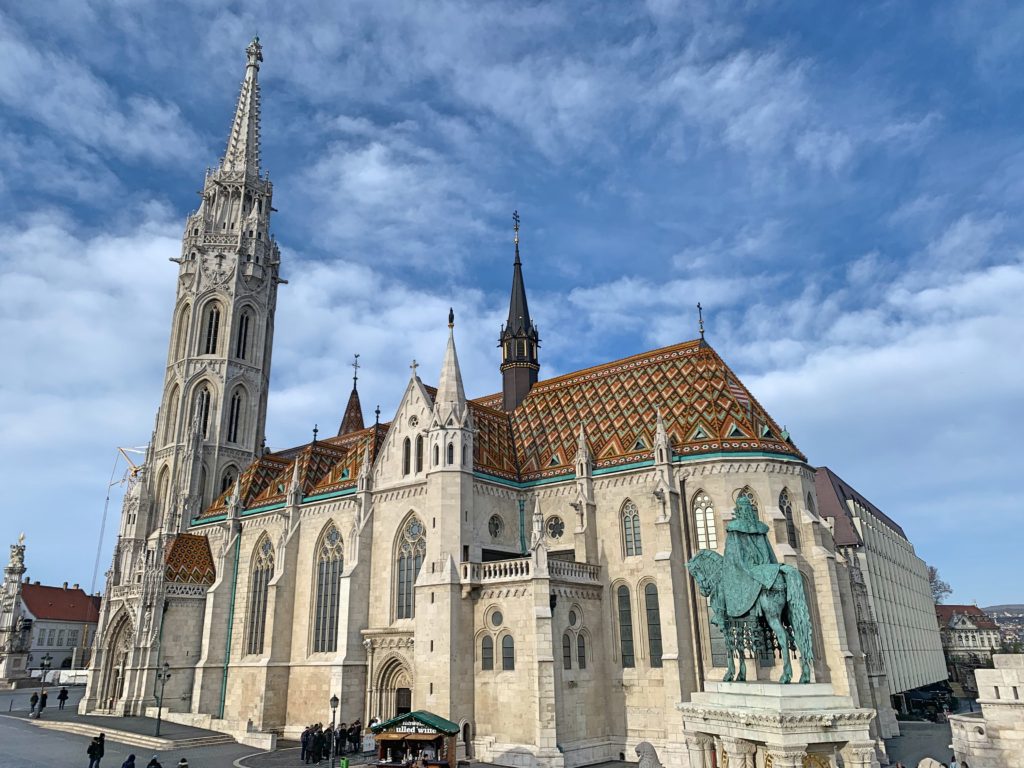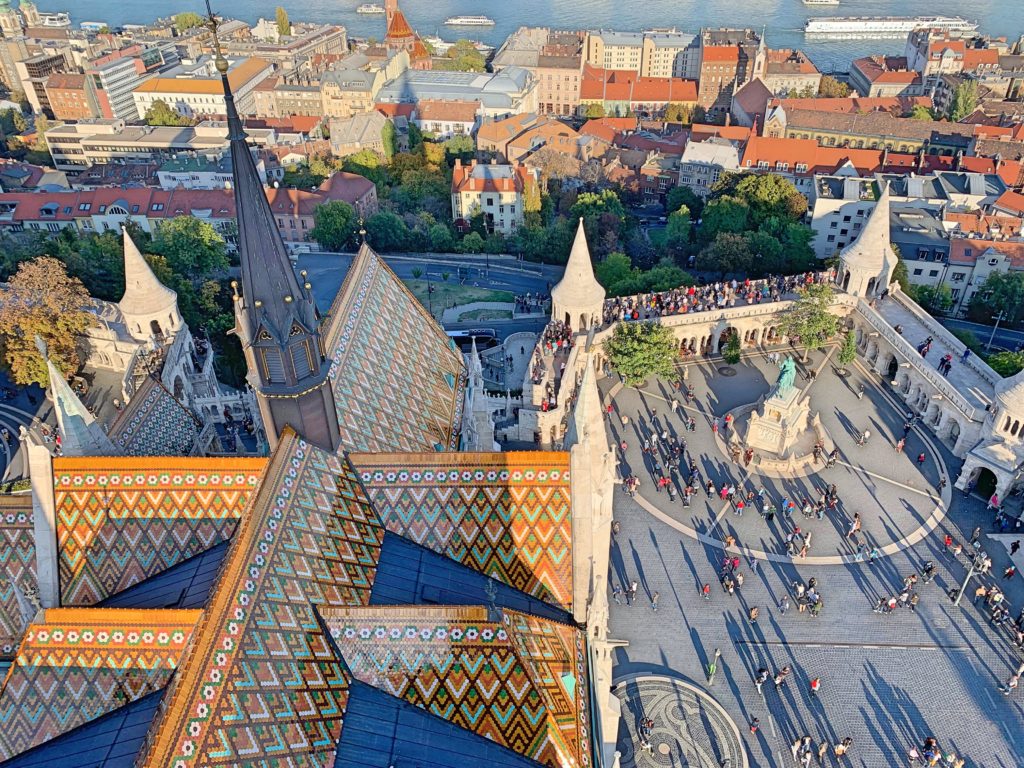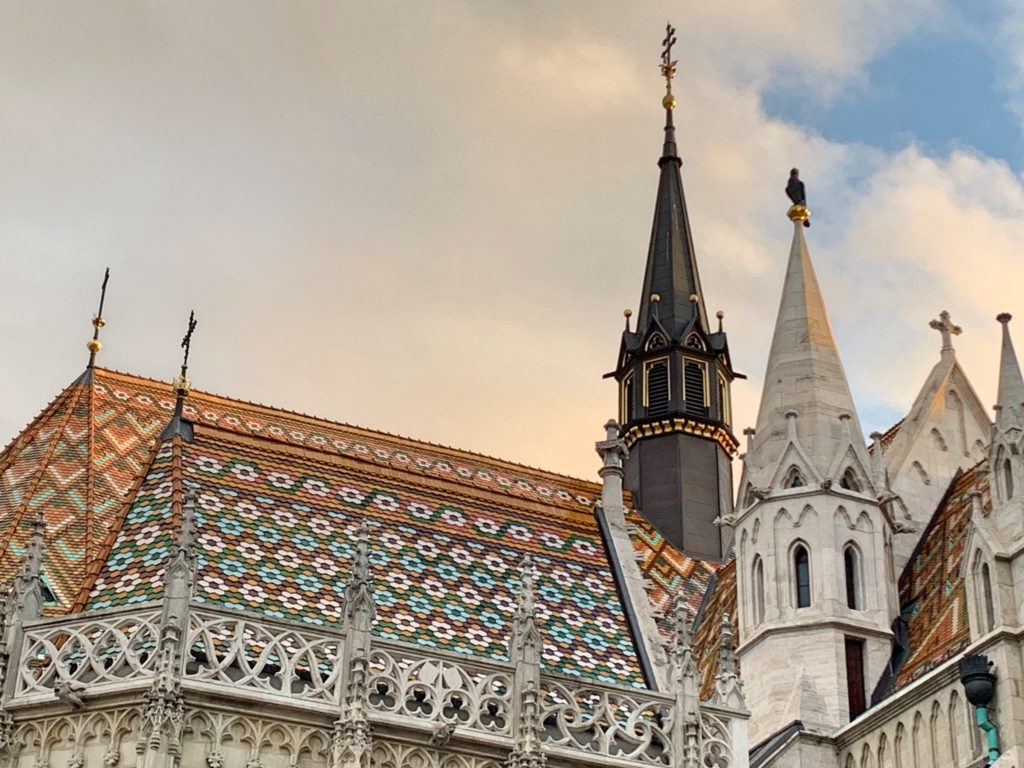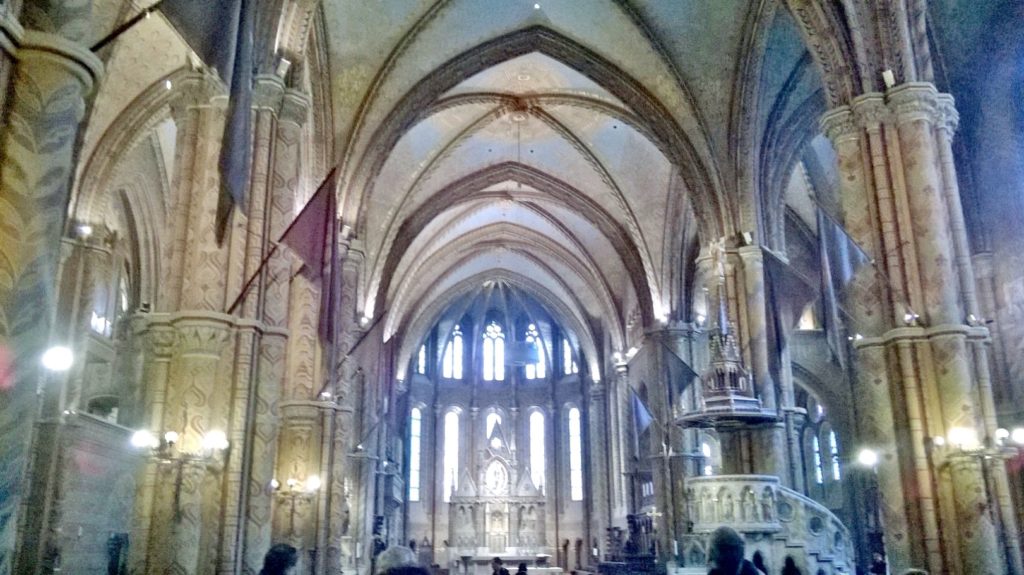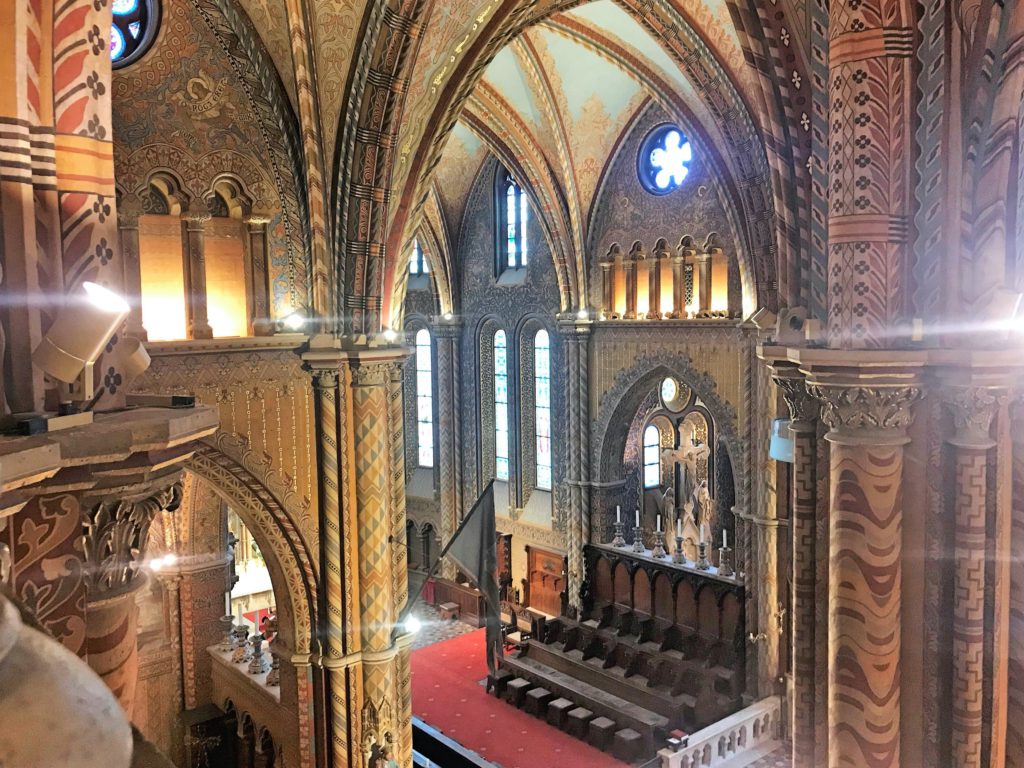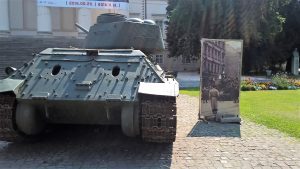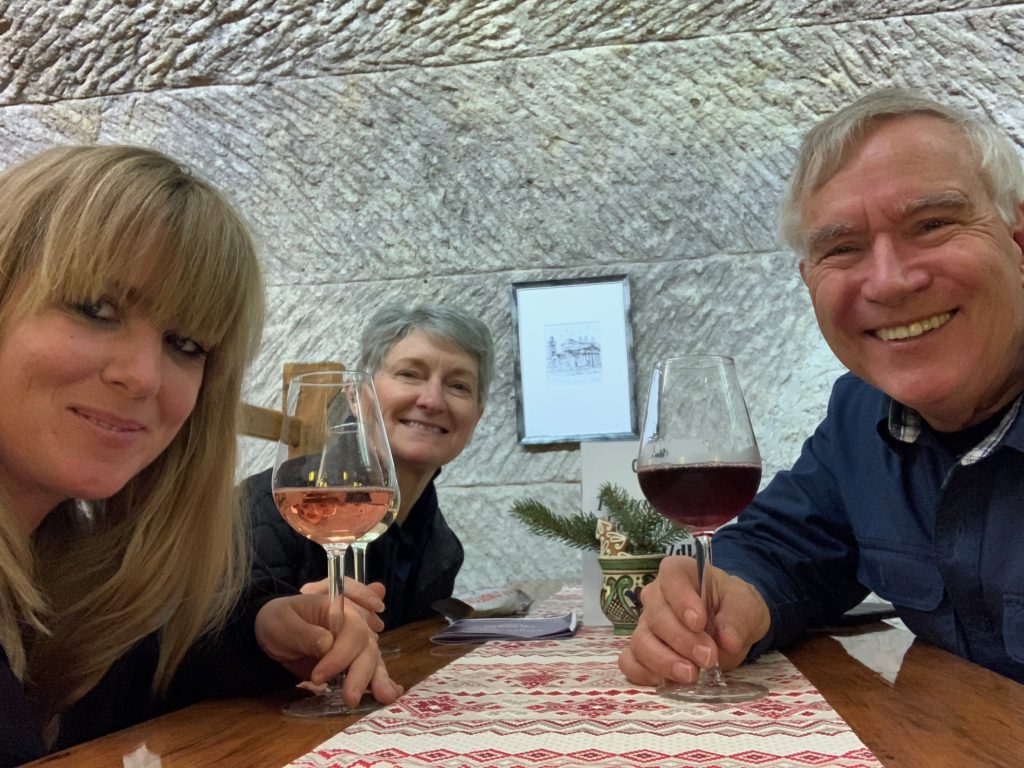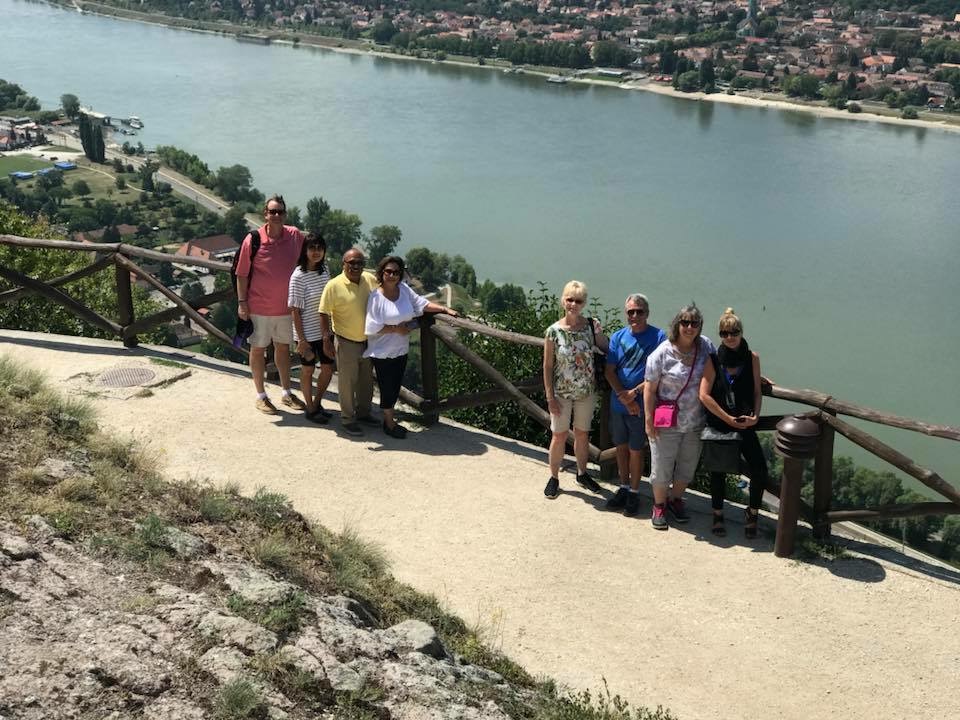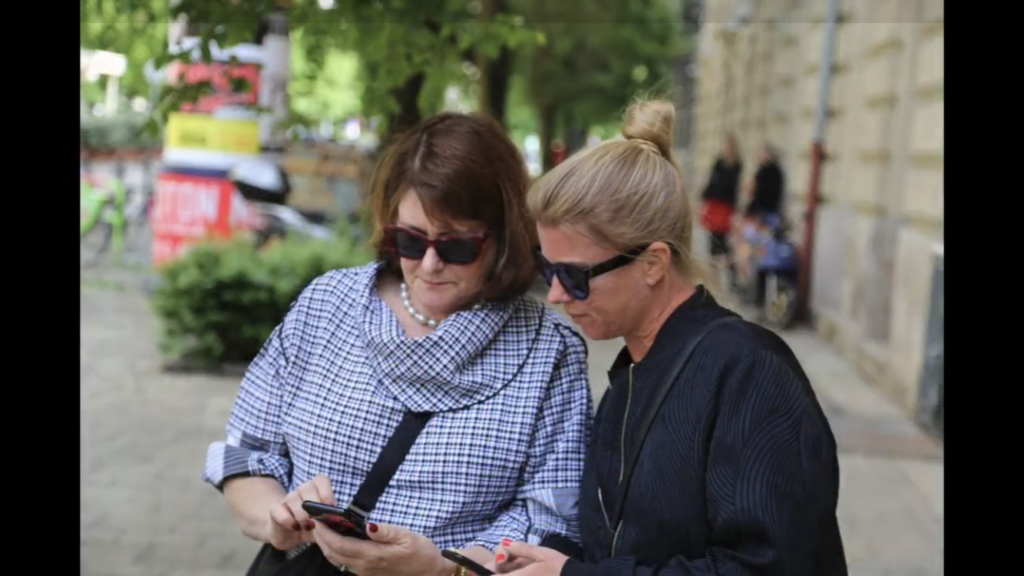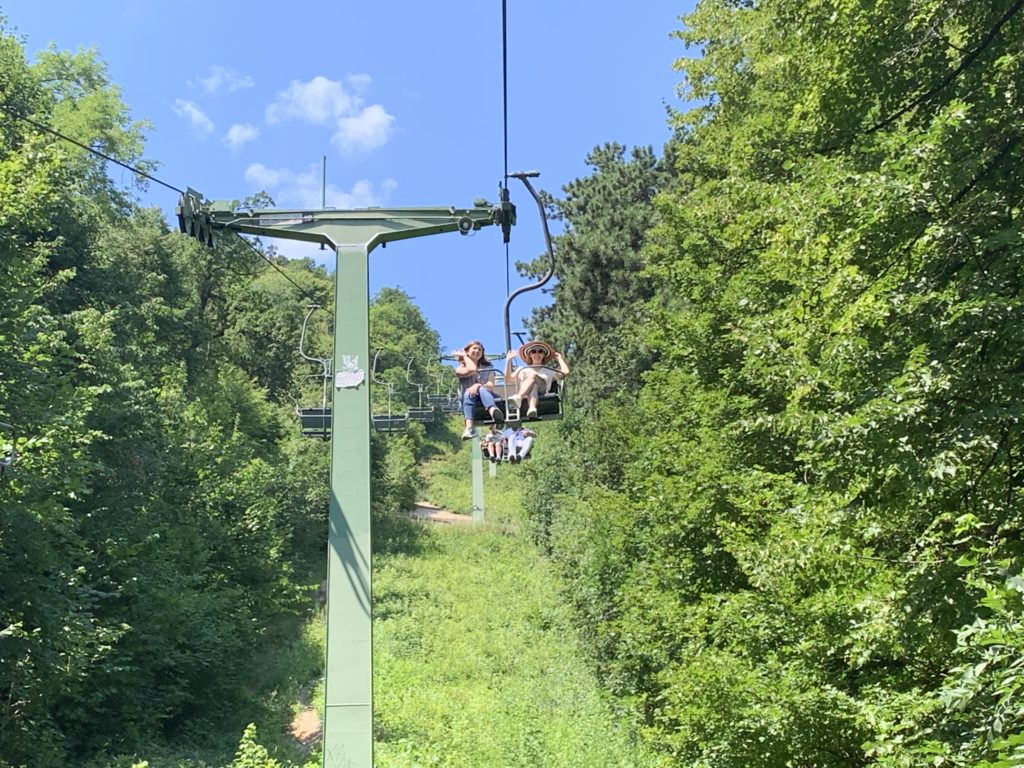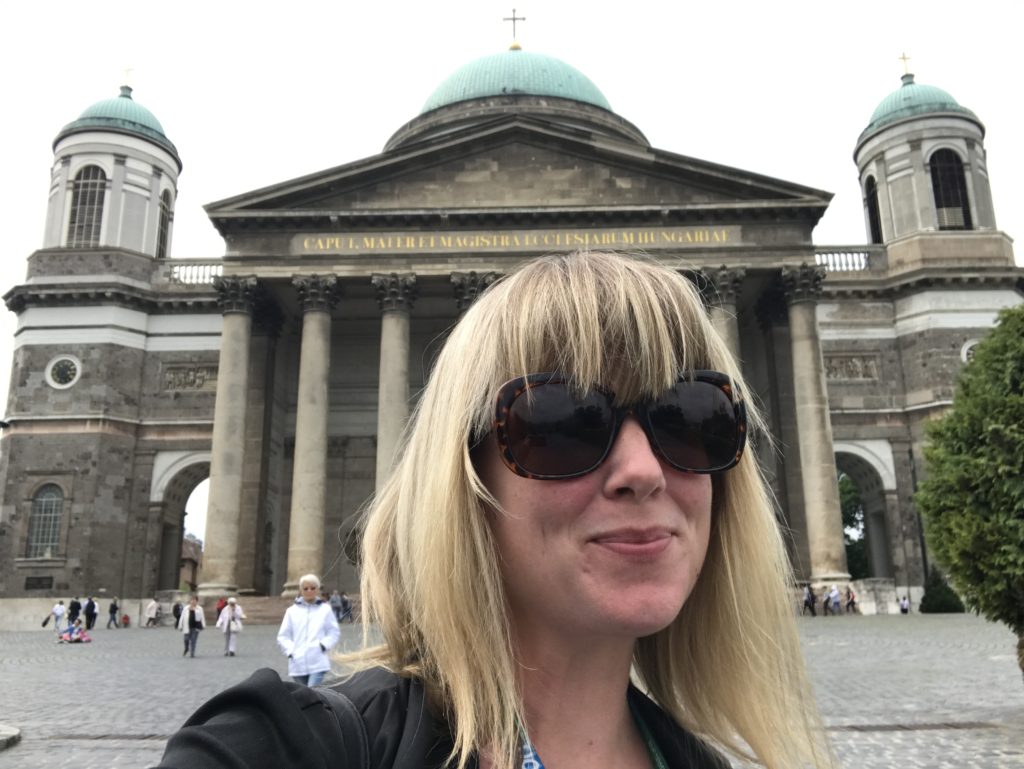The most known Hungarian dish is probably the Goulash soup, it's served with fresh white bread and is a real treat. Find below the recipe, and let me know if you need recommendations about where you can get the best Goulash in Budapest or in Hungary. In a large soup pot over medium heat saute 2, finely chopped onions in 2 tablespoons lard (or vegetable oil), stirring frequently until lightly browned, don’t let them brown. Add salt and 2 tablespoons of paprika (you can avoid getting the paprika burnt by adding the paprika while the pot is not over heat, stirring it for a few seconds). Turn the heat high and add beef cubes (2,2 pounds beef chuck roast, tenderloin or sirloin, chopped into 1 inch * 1 inch cubes), stir for 3 minutes until the meat is seared on all sides. Let the meat simmer in its own juice while adding ½ teaspoon caraway seeds, some salt, ground black pepper and 1 bay leaf, pour enough water to cover the content of the pan and let it simmer on low heat, until the meat is almost tender (1,5 – 2 hours), add water if necessary to keep it 1 inch above the level of the meat. Add 1 bunch parsley, 1 tablespoon tomato paste and vegetables (peeled and cut into ½ inch pieces): 4 carrots, 2 parsley roots, 4 medium potatoes. Add 2 or 3 cups of water (or beef broth) to keep a soup consistency. Add salt if desired. Reduce heat, cover and simmer for 30-40 minutes until the meat is tender. Serve with freshly made spatzle/spatzel.
The most known Hungarian dish is probably the Goulash soup, it’s served with fresh white bread and is a real treat. Find below the recipe, and let me know if you need recommendations about where you can get the best Goulash in Budapest or in Hungary.
In a large soup pot over medium heat saute 2, finely chopped onions in 2 tablespoons lard (or vegetable oil), stirring frequently until lightly browned, don’t let them brown. Add salt and 2 tablespoons of paprika (you can avoid getting the paprika burnt by adding the paprika while the pot is not over heat, stirring it for a few seconds).
Turn the heat high and add beef cubes (2,2 pounds beef chuck roast, tenderloin or sirloin, chopped into 1 inch * 1 inch cubes), stir for 3 minutes until the meat is seared on all sides. Let the meat simmer in its own juice while adding ½ teaspoon caraway seeds, some salt, ground black pepper and 1 bay leaf, pour enough water to cover the content of the pan and let it simmer on low heat, until the meat is almost tender (1,5 – 2 hours), add water if necessary to keep it 1 inch above the level of the meat.
Add 1 bunch parsley, 1 tablespoon tomato paste and vegetables (peeled and cut into ½ inch pieces): 4 carrots, 2 parsley roots, 4 medium potatoes. Add 2 or 3 cups of water (or beef broth) to keep a soup consistency. Add salt if desired. Reduce heat, cover and simmer for 30-40 minutes until the meat is tender.
Serve with freshly made spatzle/spatzel.
